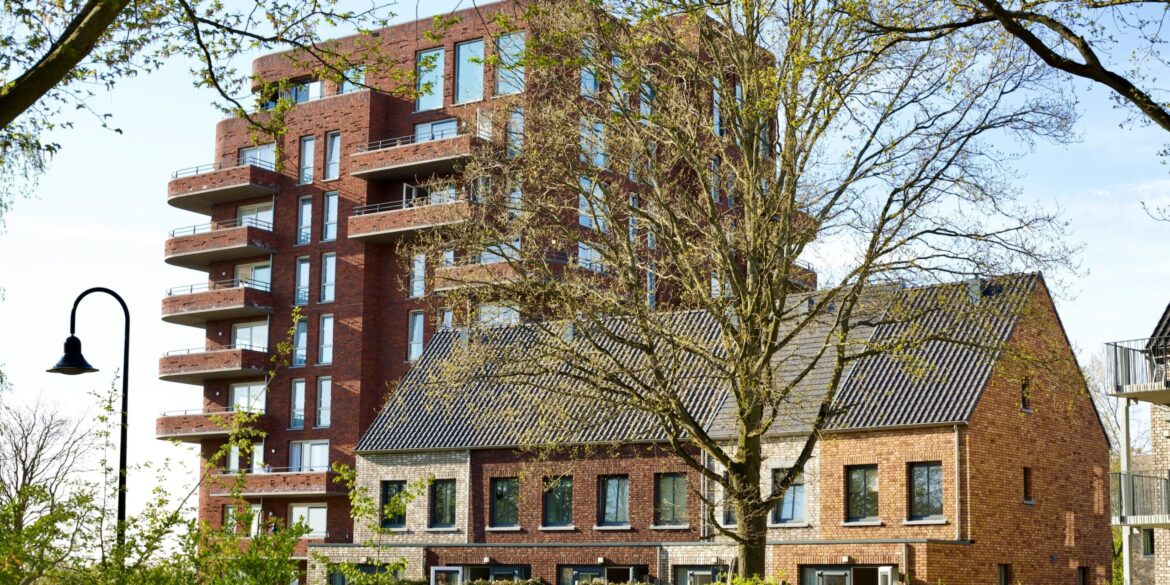As LA Design Weekend (LADW) commences, another trend is quietly unfolding alongside its gallery openings and studio tours: a renewed surge in interest in design-minded real estate, adaptive reuse spaces, and creative work‑hubs across the city. Walking the weekend route through Little Tokyo, the Arts District, Silver Lake, Echo Park, and adjacent neighborhoods offers more than inspiration—it offers a live “for sale” catalog of architectural opportunity, as industrial warehouses converted to lofts, studio spaces, and mixed-use design hubs come into focus.
This year, many of the event stops are tucked inside repurposed industrial buildings, former factories, and lofts that have been reworked for creative occupants. Those conversions—once niche—are now being promoted during LADW as prototypes for the future of urban living and working in L.A. Small architectural firms and developers are unveiling façade updates, modular retail pop-ups, green-roof experiments, and prototype coworking hubs to visitors, showing not just finished spaces but works in progress. The idea is: let the design-conscious public see opportunity and imagine possibility.
Some realtors say they’ve already felt the effects. In the days leading up to the weekend, they say, inquiries spiked for loft-style units, gallery/atelier spaces, and architecturally distinctive properties within walking or biking distance of LADW nodes. For many prospective buyers or tenants, proximity to creative events is becoming a selling point—not just for convenience but for signaling connection to the design world.
As attendees wander from stop to stop, the foot traffic itself is becoming a magnet. Neighborhoods featured on the official LADW map have seen increases in café visits, sidewalk leases, popup retail activations, and even short-term lease inquiries. Local businesses, aware of the design crowd, are calibrating their offerings: more minimalist furniture shops, curated concept cafés, design boutiques. The combination of culture, commerce, and mobility creates micro‑economic momentum through the urban fabric.
Beyond immediate demand, LADW’s spotlight may shape longer-term expectations for neighborhoods. Areas that a few years ago were overlooked industrial or transitional zones are suddenly repositioned as fertile ground for creative investment. The weekend programming gives them a stage to present not only what they are today, but what they could become. For developers and city planners, the narrative shifts: these neighborhoods are not just backdrops, but active participants in the city’s evolving identity.
The dynamic is not without risk. Some buildings may not be structurally prepared for adaptive reuse, and regulatory, zoning, or infrastructure constraints can limit what’s possible. But the visibility LADW grants to these spaces changes the conversation—and can accelerate approvals or investor attention.
At its core, LADW is doing more than art and installations. It is offering a lens into urban possibility, where design is not just aesthetic, but spatial and functional. And by attracting eyes to formerly hidden parcels, it helps seed demand—both for spaces to inhabit and for the kind of creative communities that make them thrive.
By the time the weekend closes, some spaces may simply return to their quieted state. But for those watching real estate trends, a different map is emerging: a map of attention. And attention, especially when tied to design credibility, may just be the precursor to transformation.

